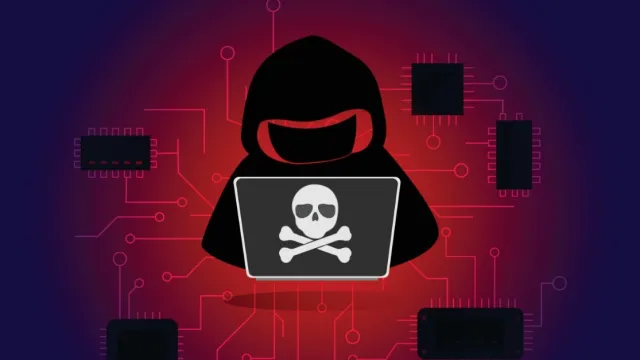How Brand Protection Is Used by Cybersecurity Professionals to Detect Phishing Websites

Phishing websites are one of the most persistent threats facing organisations today. While traditional security controls catch many, sophisticated phishing pages often slip through the cracks. That’s where brand protection steps in—giving cybersecurity professionals another layer of visibility to detect and disrupt attacks before they reach customers.
The Role of Brand Protection in Phishing Detection
Online brand protection tools continuously scan the internet for unauthorised use of a company’s brand, logo, trademarks, and domain name variations. These tools are increasingly integrated into cybersecurity workflows to identify phishing websites impersonating legitimate businesses.
How Cybersecurity Teams Use Brand Protection
- Domain Name Monitoring
Cybersecurity professionals monitor for suspicious domain registrations that mimic brand names (e.g. brand-login.com or mybrand-security.net). These are often precursors to phishing attacks. - SSL Certificate Tracking
By monitoring public Certificate Transparency logs, teams can spot new SSL certificates containing their brand names—often a signal that a phishing site is being prepared. - Visual Impersonation Detection
Brand protection platforms use screenshot analysis and image matching (e.g. logos, design layouts) to find phishing pages that visually replicate a company’s official website. - Threat Feed Integration
Identified phishing domains from brand protection systems are integrated into threat intel feeds, allowing SOC teams to update firewalls, SIEMs, and endpoint protection tools in near real-time. - Takedown Automation
Once a phishing domain is verified, enforcement actions—such as registrar or host complaints—are triggered via automated brand protection workflows, reducing attacker dwell time.
Why Cybersecurity Teams Are Prioritising Online Brand Protection
Phishing campaigns increasingly rely on brand impersonation to gain trust and bypass spam filters. As a result, cybersecurity professionals now treat online brand protection as a threat detection function—not just a reputational safeguard. By identifying the external indicators of phishing early (like rogue domains and visual clones), teams can move from reactive defence to proactive disruption.
By combining brand protection with technical detection tools, cybersecurity teams can uncover phishing attacks earlier, respond faster, and reduce overall exposure.

Source: How Brand Protection Is Used by Cybersecurity Professionals to Detect Phishing Websites


